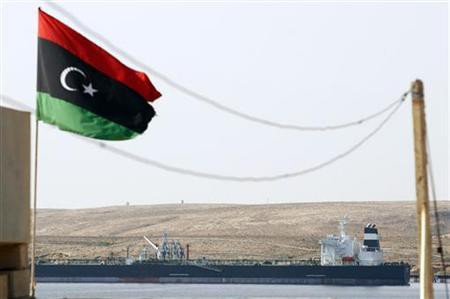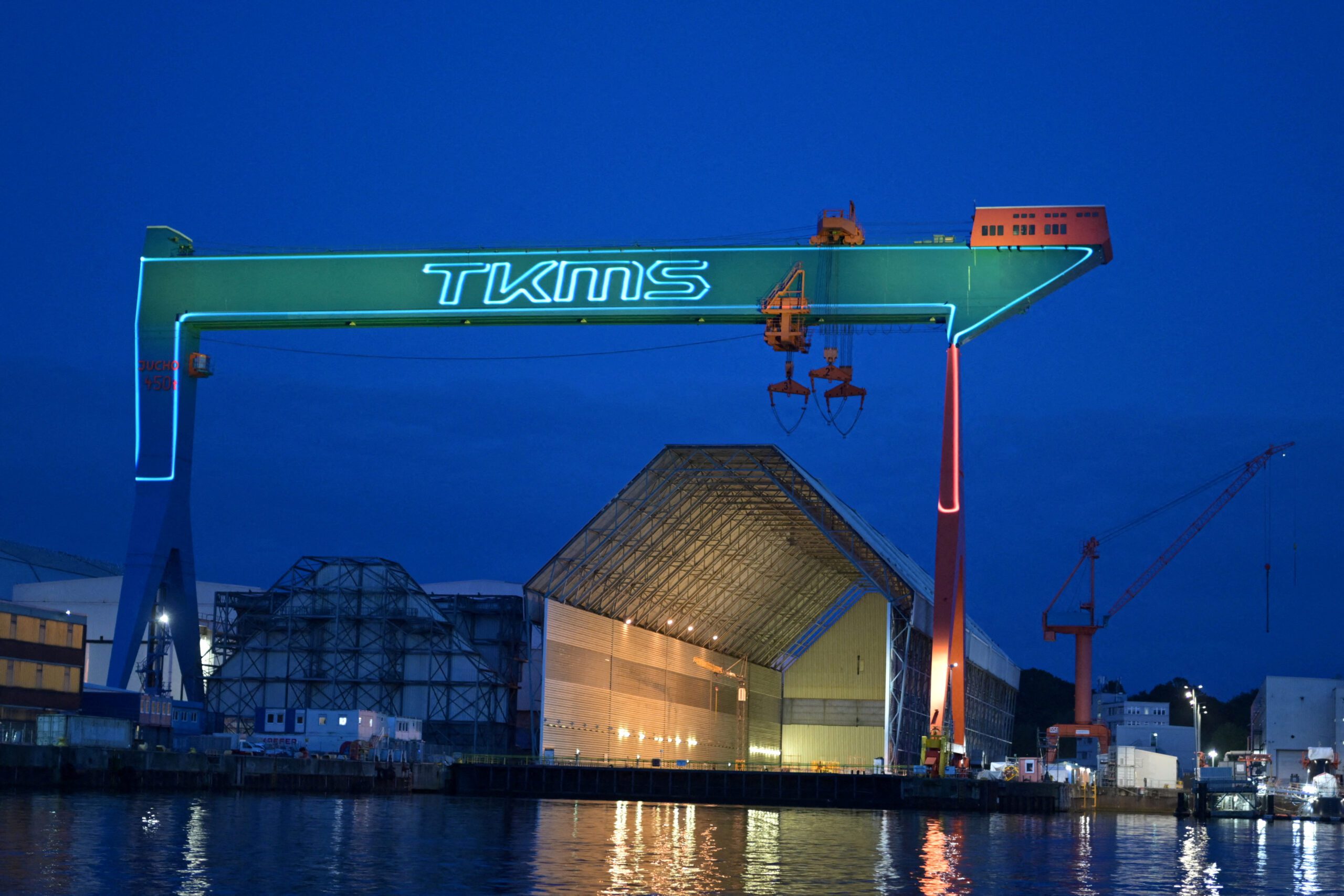
By Neena Rai, Dow Jones Newswires, Image by Andrew Winning/REUTERS
LONDON (Dow Jones)–A restart of Libyan oil exports will lead to a renewed fixing of tankers, which should boost Mediterranean freight rates in 2012, Peter Sand, chief shipping analyst at The Baltic and International Maritime Council told Dow Jones Newswires Tuesday.
“In 2009, Libya exported 1.33 million barrels of oil. Assuming this is the export target in 2012, where most is crude oil shipped off in tankers and the rest various oil products, a monthly demand for 60 Aframax vessels and 30 Medium Range product tankers is what’s in sight,” Sand said.
Sand said the tanker market should be boosted by resumed oil production and subsequent exports out of Libya, as well as a need to restore the Strategic Petroleum Reserves that were drawn upon due to the recent International Energy Agency intervention.
In July 2011, the IEA said its 28 members would make available 60 million barrels of oil from their emergency stocks to offset lost supplies from Libya, in an attempt to balance the market and prevent shortages.
Prior to the war, Libya produced 1.57 million barrels of crude oil a day. Following the outbreak of violence, output dropped by 80% to around 250,000-300,000 barrels a day since March, most of which is said to be consumed domestically, leaving little room for exports.
Libya’s violence significantly lowered tanker demand in the Mediterranean, in particular Aframax demand from Libyan ports, together with a halt in oil product exports. Libya’s main customers of crude oil are Italy, Germany, France and Spain.
Sand warned, however, that Libya’s path back to normality could be a difficult one, if damage has occurred to oil export infrastructure, pipelines or production facilities.
“Libyan crude oil is quite waxy, so if a pipeline has been left inactive for a long time it may have clogged up. This leaves two to three months of maintenance before the clogged up pipelines can be used normally. But to what extent the grid of pipelines needs to be worked on before full production can resume remains one of the key chokepoints in the recovery,” Sand said.

 Join The Club
Join The Club











